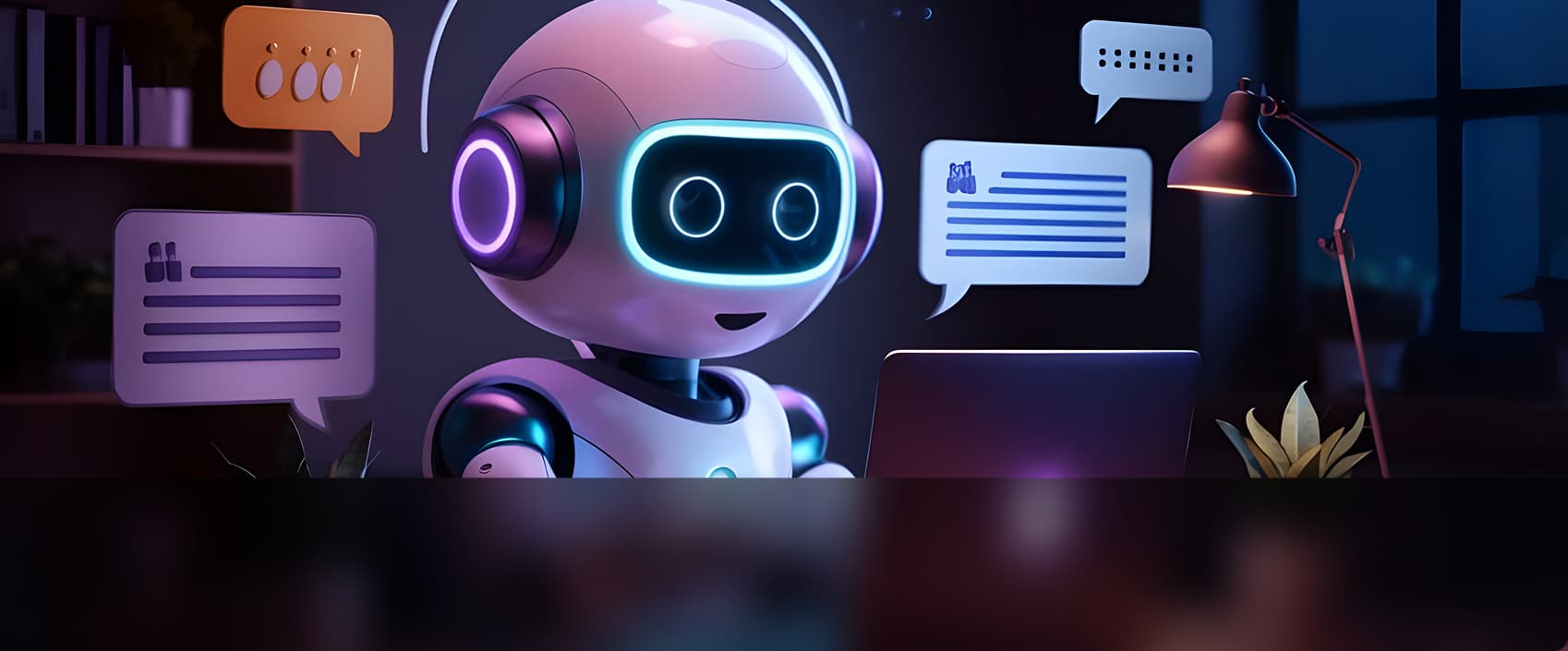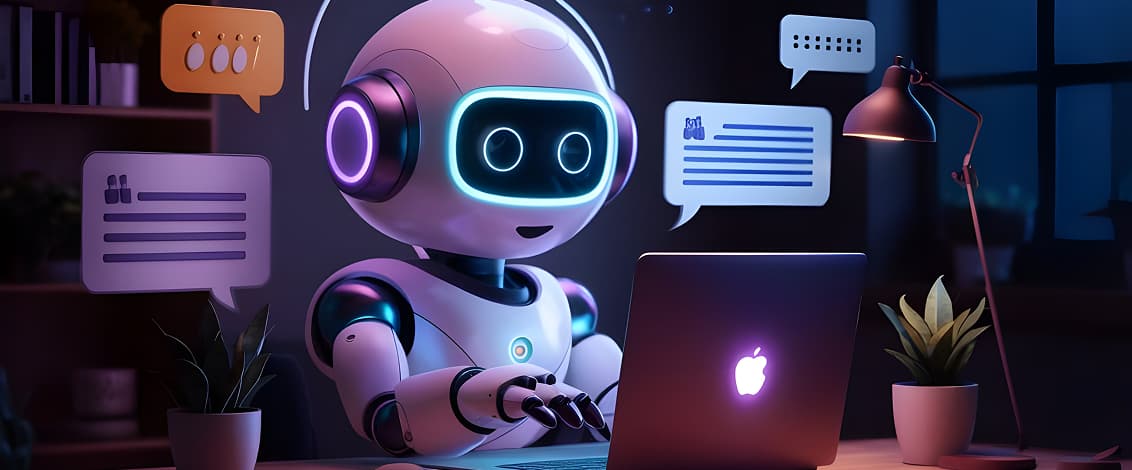The rise of ChatGPT and conversational AI has sparked fervor across industries. From powering chatbots to generating creative text, generic large language models (LLMs) have shown impressive feats in automating text-based interactions. Yet, when it comes to software development, decision-makers are noticing the limits of these tools: while they accelerate prototyping and code suggestions, they remain fundamentally reactive, needing human prompts at every stage.
Agentic AI is the next evolution beyond traditional generative AI. Whereas LLMs like ChatGPT assist, Agentic AI acts. It autonomously pursues goals, integrates deeply into workflows, and transforms the entire software development lifecycle.
This leap isn’t just incremental. “True” Agentic AI is reshaping software engineering. For SaaS leaders and technology investors, understanding this distinction is key to unlocking the next level of product velocity and team scalability.
What is Agentic AI?
Agentic AI is a form of artificial intelligence designed for autonomous decision-making and goal-oriented execution. Unlike LLMs such as ChatGPT, which generate responses based on text prompts, Agentic AI operates as a persistent, context-aware “virtual developer.” It can analyze objectives, plan multi-step workflows, integrate with real-world systems, and adapt its approach as conditions change.
Whereas ChatGPT may help write code when asked, Agentic AI proactively manages projects, autonomously gathering requirements, generating code, running tests, deploying software, and monitoring for issues, all with minimal supervision. The shift is from text generation to outcome generation.
Limitations of Traditional Generative AI in Development
Despite its popularity, generative AI like ChatGPT has real constraints in the engineering world:
- Reactive nature: –ChatGPT waits for user input. It cannot act independently or pursue goals without constant prompting.
- Limited context retention – While it can reference recent conversation context, ChatGPT is generally stateless, it forgets long-term project details, architectural standards, or organizational protocols.
- Lack of integration: – ChatGPT does not manage end-to-end project workflows, update tickets in Jira, create branches in GitHub, or coordinate CI/CD automation. It mainly operates in a sandboxed text environment.
- Manual handoffs – Real-world development demands tools that handle requirements, iteration cycles, and delivery pipelines. Generative AI only assists, requiring humans to “stitch together” each step.
As a result, traditional generative AI, while valuable for inspiration and code snippets, often falls short of truly transforming productivity for software teams.
The Distinguishing Features of Agentic AI
Agentic AI stands apart with four core capabilities:
- Autonomy:: Agentic AI agents initiate and execute multi-step workflows, solving tickets, generating pull requests, running tests, without waiting on manual input. They act as “doers,” not just “suggesters”.
- Context Awareness:Unlike stateless chatbots, Agentic AI retains long-term project memory. It remembers project goals, team preferences, and codebase history, enabling smarter, context-driven decisions over weeks or months.
- Integration: True agentic systems connect natively with platforms like Jira, GitHub, and Slack, managing tasks and collaborating with human team members in real-world environments.
- Self-Improvement: Through constant monitoring and analysis of outcomes, Agentic AI learns from past successes and failures, refining future approaches and recommendations.
Instead of just boosting developer output, Agentic AI creates a foundation for autonomous, adaptive software engineering.
How Agentic AI Transforms Software Development
Agentic AI delivers value across every phase of the development lifecycle.
- Automated Requirement Gathering: – The agent can analyze client needs, user stories, and documentation, translating them into actionable development plans without manual data entry.
- Code Generation & Review: – It directly generates production-ready code modules aligned with architectural standards, reviews PRs for errors or security issues, and suggests improvements, as an “always-on” code partner.
- Testing & QA Automation: –Instead of relying on QA teams for regression cycles, Agentic AI schedules and executes test suites, spots failures, and even suggests or applies bugfixes before human intervention.
- DevOps Integration: – Deployments, monitoring, and rollbacks become hands-free as agentic systems orchestrate automated builds, health checks, and environment management, ensuring availability and reliability.
This holistic approach reduces bottlenecks, compresses iteration cycles, and lets human engineers focus on architecture, innovation, and strategic decision-making.
Agentic AI vs ChatGPT: A Side-by-Side Comparison Table
CISOs should map their existing controls and risk management initiatives to the relevant TSCs, ensuring alignment with both compliance and business objectives.
Challenges and Considerations
Embracing Agentic AI also brings important considerations:
- Implementation cost & complexity: – Integrating agentic agents requires upfront investment in platform design, training, and process change.
- Data security & IP protection: – Agents need access to codebases and workflow data, raising concerns about intellectual property, data leakage, and regulatory compliance.
- Human oversight: – While agents automate much, final decisions around architecture, critical feature releases, and compliance remain a human responsibility. Strong oversight and transparency guard against AI “blind spots”.
Practical deployment demands careful governance, robust testing, and a culture that invites both trust in automation and respect for human judgment.
The Future of Agentic AI in Software Development
Looking forward, Agentic AI is set to define the next era of software engineering:
- AI-first teams will emerge, operating with “micro-teams” of humans orchestrating fleets of agentic developers that work autonomously, 24/7.
- SaaS companies will see development workflows with near-zero handoffs, rapid iterations, and projects carried to production by AI working alongside creative engineers.
- Enterprise buyers will increasingly seek vendors with mature agentic capabilities, knowing this agility brings both innovation and reliability.
Those adopting early will command a decisive edge in market speed, flexibility, and cost competitiveness.
Conclusion
Agentic AI represents the next great leap for software development, moving beyond ChatGPT’s conversational potential to build, test, and deploy real products autonomously. For SaaS executives, product leaders, and enterprise buyers, the opportunity is to pilot these capabilities now, capturing benefits in speed, quality, and scalability before they become industry baseline. Discover how our Agentic AI solutions can accelerate your development pipeline. Let’s talk!





Your email address will not be published. Required fields are marked *